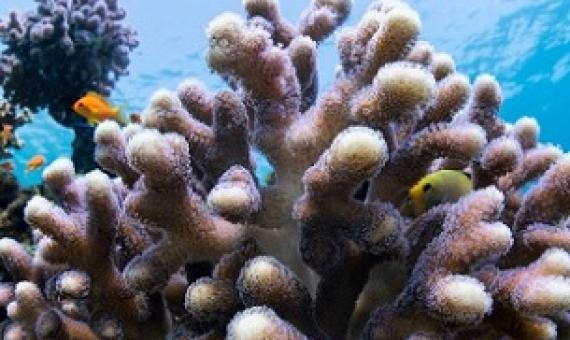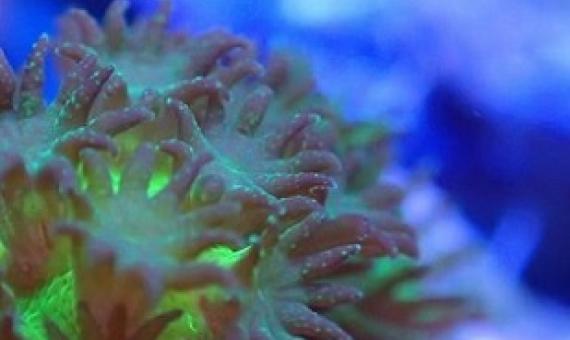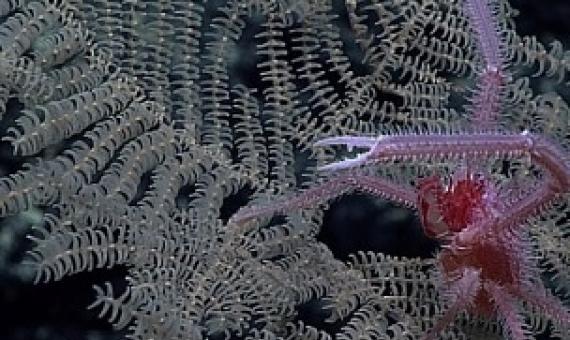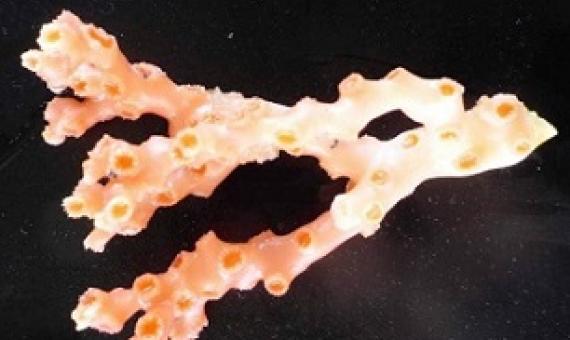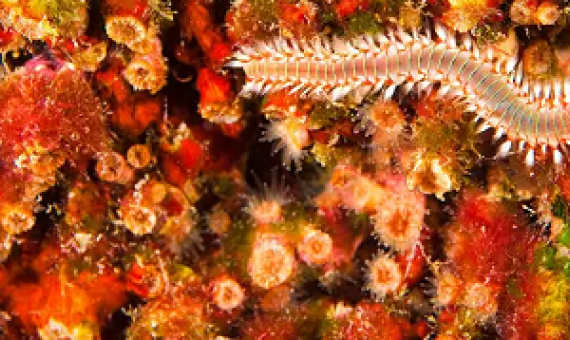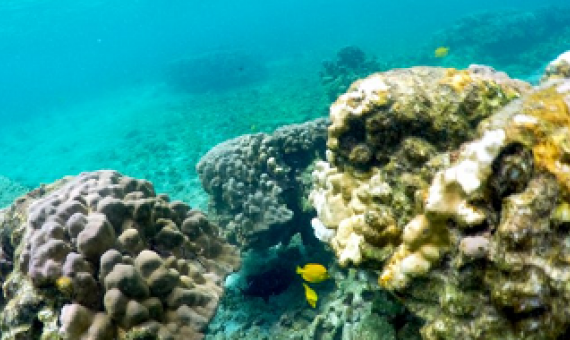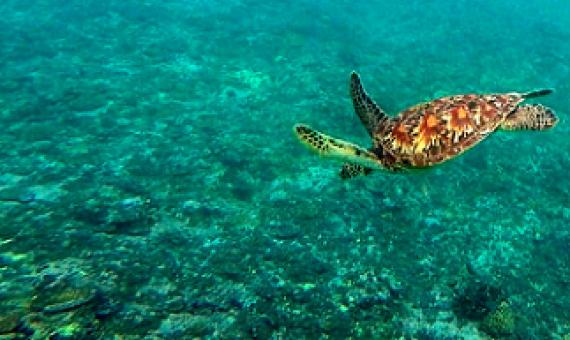Researchers at the University of Haifa, the Weizmann Institute, and the Centre for Genomic Regulation (CRG) have built the first atlas of all of the different types of cells in Stylophora pistillata, a reef-building stony coral native to the Indo-Pacific oceans.
Scientists at the University of Oldenburg's Institute for Chemistry and Biology of the Marine Environment (ICBM) have scored a success: in the aquariums at the ICBM's Wilhelmshaven site they were able to induce sexual reproduction in stony corals for the first time ever in Germany.
Three species of black coral have been discovered on the seabed of the northern Pacific Ocean, an area where several countries have contracts to explore for metals including cobalt and nickel as they race to find new supplies of the key battery elements. The corals were discovered on deep se
Vast fishing nets have hauled up 29 species of delicate coral from the still, dark depths of New Zealand's oceans. And conservationists are warning that the Government has abandoned protection of the sea bed in favour of expanding bottom trawling.
State of the corals of PNG
The coral reefs in PNG are mostly located to the north and east coast of the country and lie within the ‘coral
triangle’ that includes eastern Indonesia, the Philippines, eastern Malaysia, Timor Leste and the Solomon Islands.
The coral triangle is a global centre of marine biodiversity and has very high conservation value.
This report documents the status, economies and management of corals -
Baselines and Degradation of Coral Reefs in the Northern Line Islands
Effective conservation requires rigorous baselines of pristine conditions to assess the impacts of human activities and to valuate the efficacy of management. The study found that top predators and reef-building organisms dominated unpopulated Kingman and Palmyra, while small planktivorous fishes and fleshy algae dominated the populated atolls of Tabuaeran and Kiritimati.
Reef-building corals can make unexpected recoveries from climate change-induced destruction. It turns out that some corals only look dead when exposed to unusually warm water.
At the edge of an ancient lava flow where jagged black rocks meet the Pacific, small off-the-grid homes overlook the calm blue waters of Papa Bay on Hawaii’s Big Island — no tourists or hotels in sight.
An approach that tackles the underlying causes of coral-reef decline could be applied to other habitats, argue Tiffany H. Morrison, Terry P. Hughes and colleagues. Coral reefs cover only 0.5% of the ocean floor, but they support almost 30% of the world’s marine fish species.

